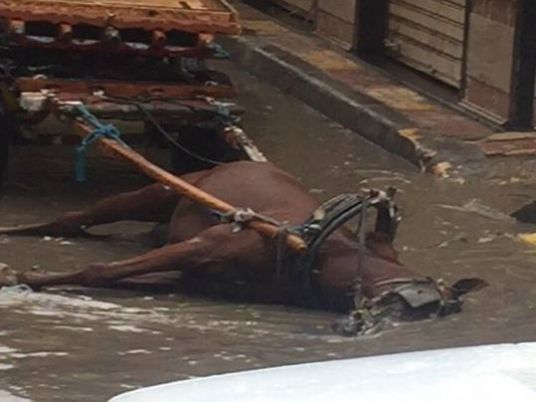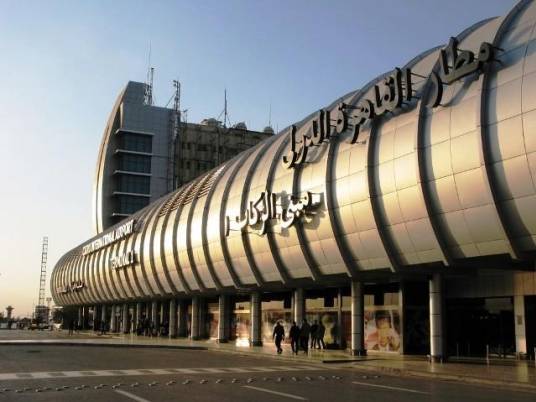At the beginning it was Ultras Ahlawy. On 27 January, a judge ordered the execution of 21 civilians in the Port Said football violence, in which at least 72 football fans were killed.
The ruling seemed to run contrary to the majority of court rulings in cases over the killing of revolutionaries since the 25 January revolution broke out. Most cases were closed because the culprits were unknown, or the charges were dropped due to a lack of incriminating evidence.
Those convicted in the Port Said trial were convicted in relative haste compared to these cases over protester deaths, which were continually postponed, only to deem officers not guilty, in many cases. That signified the state’s resolve to escalate its use of “legitimate” violence against citizens, even if they were unarmed or using primitive tools to defend their lives.
Some explained the Port Said ruling as indicative of the regime’s fear of the Ultras Ahlawy, and the regime’s attempt to preempt a possible outburst if a verdict that did not bring retribution was issued.
But the side effects of the ruling soon showed themselves strongly in the three Suez Canal governorates, with widespread protests and stark defiance to the imposed curfew, not only to protest the ruling, but also the regime’s perceived bias against Port Said residents and those in other canal governorates, which were considered to have been scapegoated to avoid retaliation from the most important organized youth group in Egypt.
Within that context, several observers said the ruling would lead to a rise in the revolutionary tide or the spread of chaos, including the undermining of state prestige. They also predicted an escalation in the use of symbolic or physical violence, from both parties.
Things, however, look different three weeks later.
Brushing aside conspiracy theory, it seems the recent escalation that accompanied the ruling in this cause celebre was deftly planned to enable the Interior Ministry to once again tighten its grip on the public sphere, using tools that had largely disappeared over the past two years, including killing, torture, wide-scale arrests and harassment, and the rape of protesters and detainees (both male and female).
It is also clear that the security apparatus, and the regime in general, is trying to turn protesters against each other and use elements that infiltrate the protests to raise the level of violence in confrontations, and therefore create justification for any eventual use of repression and intimidation by the security sector.
Most analysts have said this transformation reflects a strong alliance between the Muslim Brotherhood, the police and the army to salvage the state prestige and reinstate the same type of authoritarianism as Hosni Mubarak’s. However, a more detailed and nuanced reading of the variations in the strategies of each of these three actors could enable us to understand how a new form of authoritarianism — a more legalist one — is being established.
The total silence on the part of Brotherhood leaders regarding recent incidents of police violence demonstrates that after the Ettehadiya Presidential Palace confrontations of 5 December, in which Brotherhood members engaged directly with protesters, the group has decided to keep itself out of the escalation dynamics and to give leeway to security forces to monopolize violence in the name of preserving the state and its stability.
The military, on the other hand, is trying to regain its moral authority among the population after one and a half years of direct rule, which had created a deep rift between them and the lay people. In the last three months, the Armed Forces announced more than once that they could intervene to restore security.
However, they did not do so, which shows that the military institution is keen on establishing itself as an arbitrator rather than as a direct party to any open conflict between the revolutionaries and security forces, or between revolutionaries and the militias of Islamist powers, opting for the magical solution it has always adopted: ruling without governing.
Although it seems there is a strong alliance between these three actors — the Brotherhood, the police and the army — a deeper look reveals that each of them has a more self-centered strategy: to ensure its survival as a foundational block of the ruling system and a key player in the coming, post-parliamentary elections stage, whether or not this will ensure the continuation of the strong ties with the other two parties.
Egypt is being ruled by a loose alliance. Every party is aware of its fragile position and ready to adopt extreme measures to ensure its survival, first as such and then as an alliance component.
But even if we hold these three bodies legally, politically and ethically responsible for letting the law of the jungle reign, the incoherence of this troika remains a clear feature of vulnerability — one that can be used to re-instigate revolutionary momentum in such difficult and turbulent times.
The missing point is still this: Who among the opposition is ready to take on this task to continue the revolutionary struggle without falling in the tempting compromise of political inclusion?
Dina el-Khawaga is a professor in Cairo University’s Faculty of Economics and Political Science, and programs director at the Arab Reform Initiative in Paris. This article was translated by Dina Zafer.
This piece was originally published in Egypt Independent's weekly print edition.




